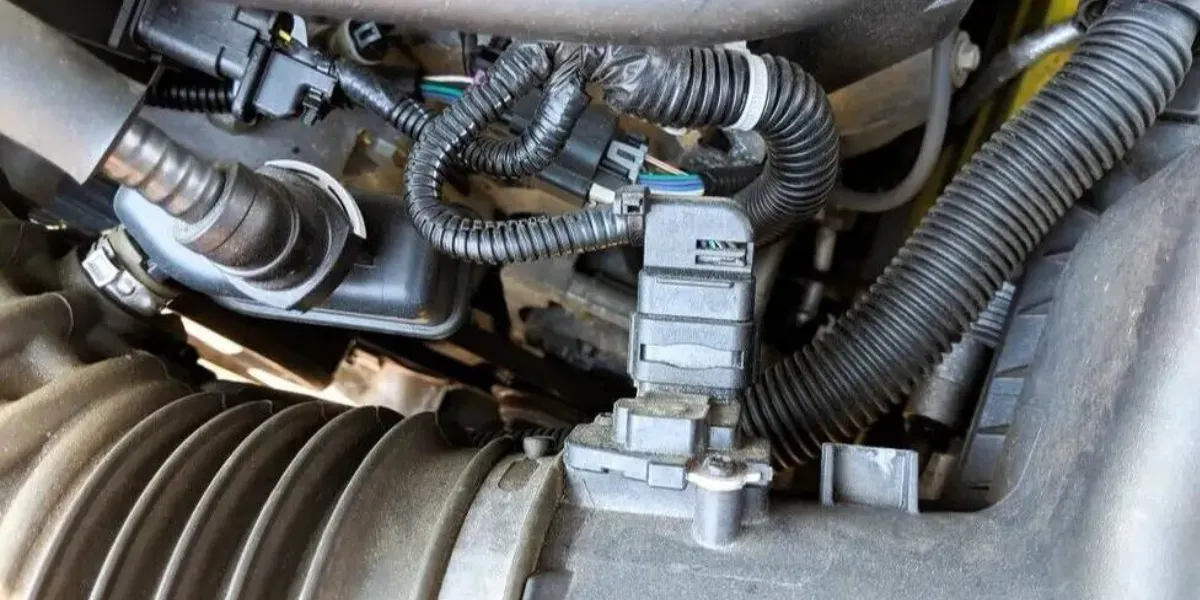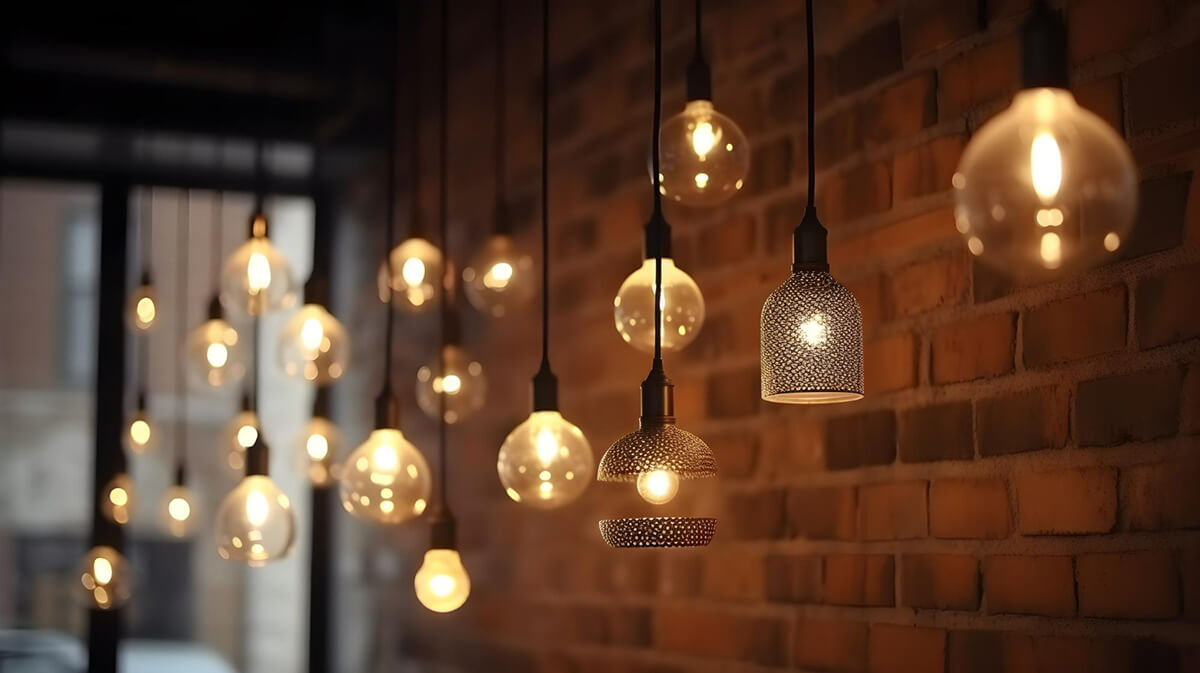Indoor plants need enough light to live and grow. You likely have questions about grow lights and how to hang a Grow Light. Grow lights are artificial light sources that mimic sunlight and increase plant growth. While choosing and hanging grow lights for your indoor garden, there are various variables to consider.
In this post, we will go through the foundations of indoor plant growth lighting. This covers information on grow light kinds, ideal height and distance, and lighting system optimization techniques.

How to Hang a Grow Light
How to Hang a Grow Light in your grow tent?
Check your grow tent, inline fan, and indoor electric wiring before hanging indoor plant grow lights. Check if you can install outlets without extension cords for fans and lights. It’s important to avoid tripping circuit breakers by strategically placing your equipment and using dedicated outlets. A quick and easy way to grow lights is to hang them. It’s critical to check that the wiring can support the weight of the fans and lights.
What is a Grow light, and Why Do You Need One?
An artificial grow light, which has a spectrum and intensity similar to the sun’s, provides energy for photosynthesis in plants. This process generates chemical energy for plants. Flowers, fruits, and seeds will all be produced as it grows.
Depending on their native habitat and the stage of their growth, plants need varied levels of light.
Some plants need blue light for vegetative development, while others need red light for blooming and fruit production.
Some plants live inside. They need light from the sun. But they may not get enough light. This can make them grow badly. They may have thin stems, light green leaves, or no flowers. You can help them with a grow light. Grow light provides plants with essential light for optimal growth.
Finding the Best Plant-Growing Lighting
Fluorescent lights: These low-cost, energy-efficient lights give seedlings, cuttings, herbs, and leafy greens a cool white light. They’re tubes (T5 or T8), CFLs, or circular bulbs. They won’t burn plants because they’re low-heat. They aren’t good for tall, light-hungry plants because they have low light intensity and penetration.
High-intensity discharge (HID) lights produce bright white light suitable for most plants. They are metal halide (MH) or high-pressure sodium (HPS). MH lights are good for vegetative growth, while HPS lights are good for flowering and fruiting. They generate a lot of heat and need good ventilation and cooling. They use more electricity and last less.
Light-emitting diode (LED) lights: These are the most modern, effective lights that can be adjusted for various plants. They come in panels, bars, strips, and bulbs. They won’t burn plants because they’re low-heat. They also use less power and last longer than other forms of lighting. They are, however, more costly and sophisticated than other forms of lighting.

How to Hang a Grow Light
Several factors determine the best grow light for your plants:
How many lights and wattage you need depends on your growing space’s length, width, and height. HID lights should have 30–50 watts per square foot of growing area, fluorescent lights 20–40, and LED lights 10–20.
The type of plants you’re growing: You need to know their light spectrum, intensity, and photoperiod. You can find this information on seed packets, plant labels, and online sources. Most herbs and leafy greens thrive under cool white fluorescent lights and require 14–16 hours of light per day. Most plants that flower or produce fruit need 12 hours of light per day. Full-spectrum LED lights or a mix of MH and HPS lights can help.
Your budget and personal preferences You must balance the lights’ costs to buy, run, and perform.
For example, fluorescent lights are cheaper to buy but less effective and efficient than LED lights. HID lights are more productive and powerful than fluorescent lights but more expensive and hotter than LED lights. LED lights are expensive but efficient and versatile.
How to Hang a Grow Light using a variety of tools and techniques
You must hang your grow light properly in your growing space after selecting it. There are different ways and tools you can use to hang a grow light, depending on your setup and preferences.
Hooks, hangers, and chains This is a simple, cheap method that involves hanging the grow light from chains that are attached to hooks or hangers on the ceiling or a support beam. You can change how high the light is by moving the chains up and down on the hooks or hangers. This method works well for fluorescent or LED lights that don’t get hot.
Rope ratchets: This is a simple and flexible method that involves hanging the grow light from ropes that are attached to ratchets on the ceiling or a support beam. You can adjust the height of the light by pulling or letting go of the ropes on the ratchets. This method works for lights with a medium weight and heat, like HID lights.
Metal wires: This secure method involves hanging the grow light from metal wires attached to eye bolts or screws on the ceiling or support beam. The wires on the eye bolts or screws can be twisted or untwisted to adjust the light’s height. HID lights are suitable for this method.
How to Hang a Grow Light ? To hang a grow light using any of these methods, you need to follow these steps:

How to Hang a Grow Light image source by Amazon
Step 1: Select a place.
We need a place to hang out first. Then set up a support beam above the plants. You can install grow lights near electrical outlets.
Step 2: Set Up The Hung Fixture
Different grow lights require different fixture preparations before hanging. We’ll cover the three most popular types—the only ones you should use.
Step 3: Connect the tent support poles to the rope ratchet or cable.
If you’re using tent poles to suspend the light, loop the rope or ratchet attachment around them. Use a spring-loaded clip to secure the rope around the pole and pull from either side.
You can move on if the rope is tied to the pole and the pole won’t break.
Step 4: Attach the Grow Light Assembly to the Tent Pole Ropes
Use a rope or cable from the tent support pole to secure a fixture. You can use a pulley or ratchet clip to secure the rope to the light. Use the instructions to get the light to the right height.
Step 5: Change the height of the light.
Lastly, adjust your light’s height. How bright and hot your grow light is at maximum power determines its height. The goal is to get light near plants without burning or overheating them.
Tips on How to Hang a Grow Light Properly
Here are some tips and tricks to help you hang your grow lights for indoor plants:
- Adjustable hangers or pulleys make it easy to raise and lower grow lights.
- Use reflectors to boost light efficiency and coverage in your grow room.
- Use timers or controllers to automate your lighting schedule.
- Instead of one large grow light, use several smaller ones to reduce hot spots and provide more uniform light distribution.
- Use side lights or undelights for lower branches and leaves.
Clean your grow lights regularly to remove dust and dirt that can reduce their performance.
In conclusion, If you follow some basic guidelines and use common some sense, you can grow hanging indoor plant easily. I think this blog will help you about your query – ‘How to Hang a Grow Light’.
Read also: Why DAKASON LED Grow Lights Are A Game-Changer For Indoor Gardening

How to Hang a Grow Light
FAQ | How to Hang a Grow Light
How do you hang a grow light from the ceiling without drilling?
There are different ways to hang grow lights without making holes.
Magnetic hooks: These hooks with strong magnets can stick to any metal surface on the ceiling, such as beams, screws, or tracks. They can hold up to 100 pounds, depending on magnet size and quality. However, if the ceiling is not flat or smooth, they may slide or fall off.
Using tension rods These rubber-tipped rods can extend from wall to wall or beam to beam. They can support up to 30 pounds, depending on rod thickness and quality. They’re simple to install and can hang multiple lights along the rod. However, they may not work well on curved or angled walls and may sag or bend if the span or weight is too great.
Where is the best place to put a grow light?
Choose the best grow light location based on plant type, area, and intensity. Some general guidelines are:
- Light plants evenly for photosynthesis.
- Air should flow around the grow lamp and plants. It cuts down on overheating, moisture, mold, and bugs.
- Adjust the timer in a dark room or put the grow light in a spot with a natural light cycle.
Can you put a grow light in any light fixture?
A grow light can’t fit in any light fixture. Grow lights have wavelengths and intensities that are good for plants. There are different shapes, sizes, voltages, wattages, bases, and sockets for regular lights. So, you must use a suitable grow light fixture to avoid hurting your light, fixture, or plants.
Read also: Top 6 Features Of Archictisete Solar Lights That You Probably Dont Know Yet

How to Hang a Grow Light
How far should LED grow lights be from plants?
The distance between LED grow lights and plants depends on factors like wattage, coverage area, spectrum, dimming function, and cooling system. Low-wattage lights are 12–18 inches apart; high-wattage, dimmable, cooling fans are 6 inches apart.
Do grow lights need to be overhead?
Plants can benefit from grow lights. Vertical, side, and underlighting improve light penetration, coverage, and growth. Side lighting increases light penetration; underlighting illuminates lower areas and saves space and energy.
Do you have to hang a grow light?
There are other mounting or installation options than hanging grow lights.
- Stand grow light for easy movement in small, portable areas.
- Clamp grow light for easy adjustment and limited ceiling space.
- Adhere Grow Light to surfaces using suction cups, magnets, or adhesive strips for decorative flair.
Read Also: 10 Low Light Indoor Trees That Will Thrive In Your Home








